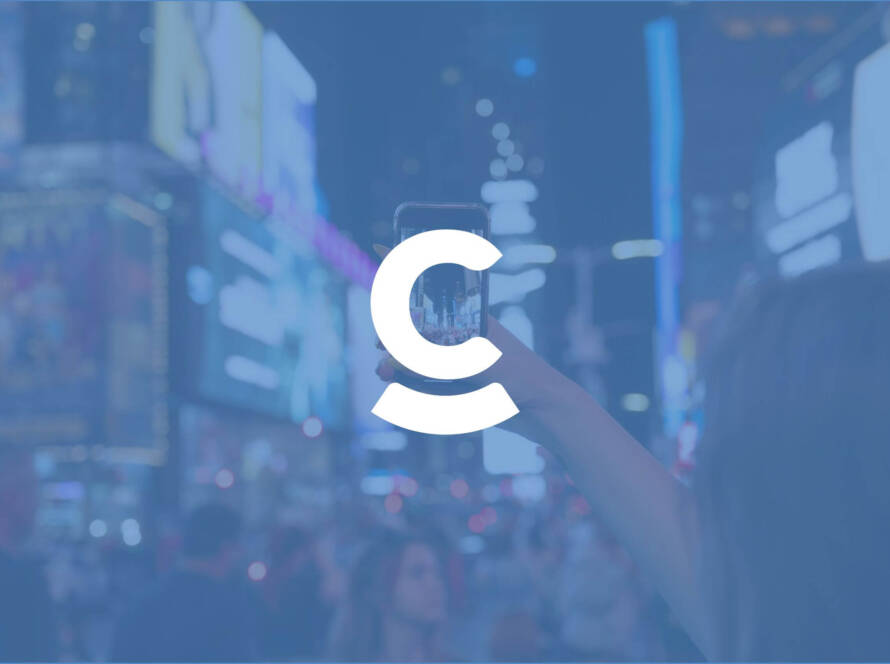By Celyphos S.A.
Curated by Antonis Kaloudis, Managing Director
The Age of Information Overload
We live in an era where information is not just abundant — it’s overwhelming. In the endless scroll of everyday life, every second we are bombarded with headlines, images, reels, and campaigns that promise to change our lives — until the next swipe.
Interlude:
According to the University of Southern California (2023), our daily exposure to advertising has skyrocketed from around 500 ads in the 1970s to more than 5,000 today, underscoring why being seen no longer guarantees being remembered.
At Celyphos, we recognize that the world doesn’t need more content—it needs more meaning. The work that wins is built on ideas that resonate – are rooted in truth, surprise – challenge assumptions, and connect – speak to what matters most.
Quality vs. Quantity in Advertising
Even with large budgets, many campaigns still miss the mark. In “What Sticks”, researchers Rex Briggs and Greg Stuart found that nearly 37% of advertising spending fails to deliver, most often because the core ideas lacks clarity and the audience feels no connection. The same mistake plays out on social media platforms, where ‘content bombing – the misguided strategy of flooding audiences with volume over value – only accelerates fatigue, fuels disengagement, and erodes campaign effectiveness.
In this landscape, success is not measured by how many pieces of content you publish, but by the strength of the idea – strong enough to make someone pause their scroll — even for a few seconds – and increase watch time.
The Four Principles of Campaigns That Stick
Relatability – Connecting with the Audience
The strongest campaigns are not the loudest, but the most relatable. The more authentic the story, the more personal it feels. The Dove “Real Beauty Sketches” campaign resonated by portaying ordinary women, not models — and viewers saw themselves reflected in those portraits (an identity mirror).
Curiosity – The “What Happens Next?” Effect
The human brain has a natural urge to close information gaps. Psychologist George Loewenstein described this as the “curiosity gap”: when we know a little but not everything, we are compelled to learn more. The Apple “1984” commercial used this masterfully, showing a dystopian scene disrupted by a bold, athletic woman — a heroine — who smashes the system with a sledgehammer. The twist? The Macintosh computer never appears. That sense of mystery sparked curiosity and turned an ad into a cultural phenomenon.
Reaction – The Emotional Trigger
People remember how you make them feel — and feeling in turn drives action. Industry analysis shows that emotionally charged ads significantly outperform to average campaigns. The Always “Like a Girl” campaign showed how a phrase often perceived as an “insult” could be transformed into a message of empowerment. Its emotional impact generated virality and sparked public conversation.
Unrealistic at First Glance – The Power of Surprise
In a world of constant noise, attention is captured by what seems impossible. When something feels exaggerated or surreal, audiences stay to see what happens. The Old Spice “The Man Your Man Could Smell Like” ad is a classic example: in seconds, the protagonist shifts from one scene to another with absurd speed. The surreal tone entertained viewers, made them laugh, and gave the brand a new level of recognition.
How to Build Strong Advertising Ideas
Success starts with the story. Production quality and media spend are not enough; what’s needed is a strategy built on the four practical principles of storytelling: (i) relatability, (ii) curiosity, (iii) emotional connection, and (iv) surprise.
At Celyphos, this is not theory — it’s our way of working. Before production begins, we dedicate specific time to structured brainstorming sessions and concept validation. We involve our clients early, ensuring everyone agrees on what defines a “good idea” with clear objectives. Only once this foundation is set do we move to execution. This approach ensures that every campaign rests on a strong creative base, maximizing effectiveness and making every euro of the budget count.
“Strong ideas aren’t just creative — they’re strategic. They’re the difference between being seen and being remembered.“
– Antonis Xenakis, Creative Director, Celyphos
Conclusion
In a world where people are exposed to thousands of messages every day, making an ad stand out is not about luck — it’s about stories revealed in a nutshell. The four principles of relatability, curiosity, emotional reaction, and surprise are the tools that turn a message into an experience. At Celyphos, creativity doesn’t begin with the camera, it begins with the concept – the story. Because in advertising, ideas are the true capital — and campaigns built on strong ideas are the ones that stand the test of time.
References
1. University of Southern California. “Thinking vs. Feeling: The Psychology of Advertising.” Applied Psychology, USC, 2020, Thinking vs Feeling: Psychology of Advertising | USC MAPP Online
2. Briggs, Rex, and Greg Stuart. What Sticks: Why Most Advertising Fails and How to Guarantee Yours Succeeds. McGraw-Hill, 2006. Marketing effectiveness – Wikipedia
3. Craig, William. “The Importance of Quality Over Quantity in Digital Content Marketing.” Forbes, Forbes Magazine, 8 May 2018, The Importance Of Quality Over Quantity In Digital Content Marketing
4. Loewenstein, George. “The Psychology of Curiosity: A Review and Reinterpretation.” Psychological Bulletin, vol. 116, no. 1, 1994, pp. 75–98. PMC.
5. Dove. “Dove Real Beauty Sketches.” YouTube, 14 Apr. 2013, Dove Real Beauty Sketches
6. Apple. “1984.” YouTube, 27 Mar. 2011, 1984 Apple’s Macintosh Commercial (HD)
7. Always. “Always #LikeAGirl.” YouTube, 26 Jun. 2014, Always #LikeAGirl
8. Old Spice. “The Man Your Man Could Smell Like.” YouTube, 5 Feb. 2010, Old Spice | The Man Your Man Could Smell Like – YouTube




